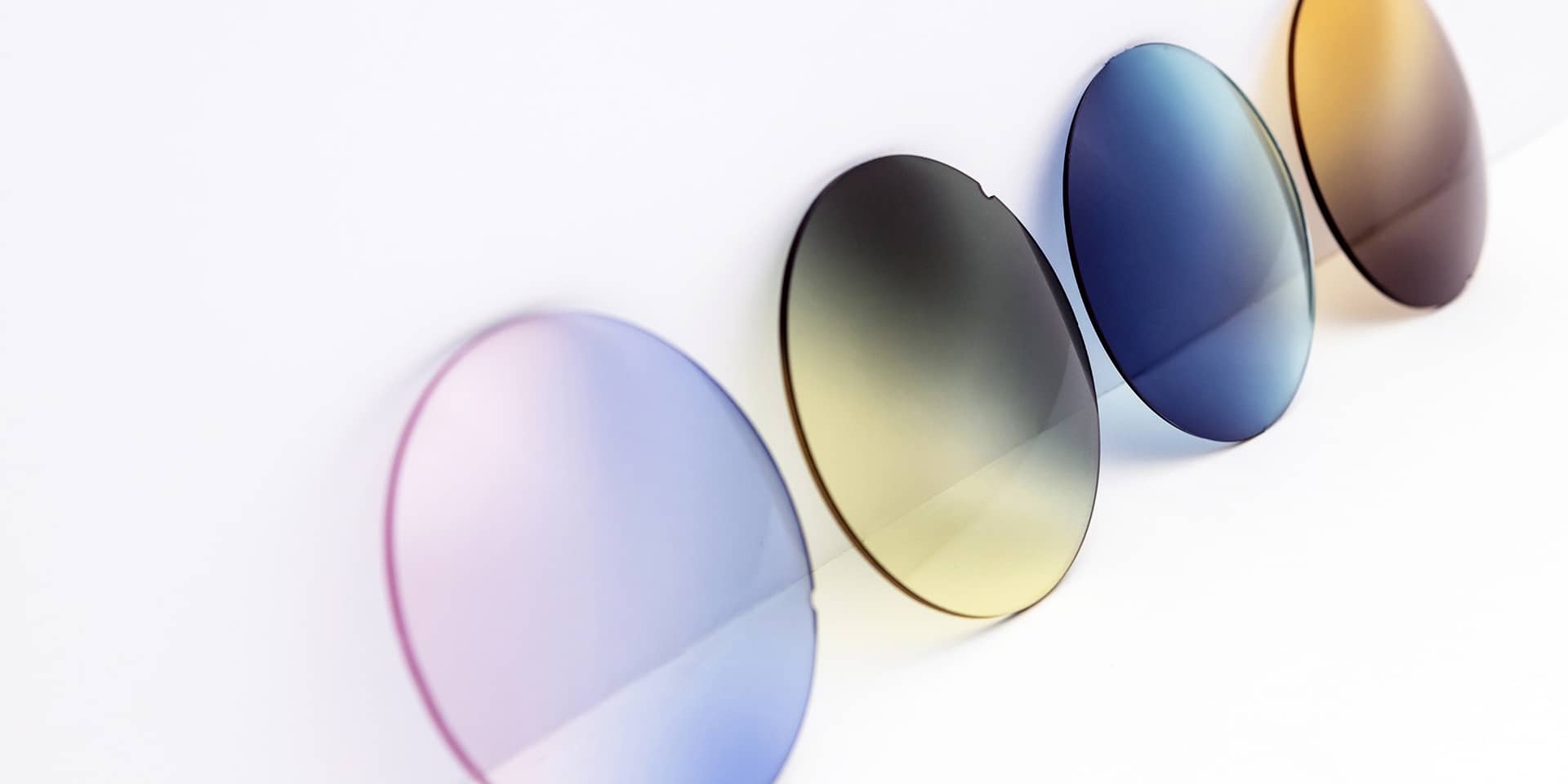Sunglasses are more than just a fashion statement; they are essential for protecting your eyes from harmful UV rays and reducing glare. Over time, wear and tear can take a toll on your sunglasses’ lenses, leading to scratches, cracks, or other damage.
In this article, we’ll delve into the science behind sunglasses lens replacement and what you should know about it.
Why Replace Sunglasses Lenses?
Before we delve into the science of replacement lenses, let’s understand why it’s necessary to replace them in the first place. Several factors can contribute to the deterioration of sunglasses lenses:
- Scratches and damage: Regular use of sunglasses exposes them to various environmental factors, such as dust, sand, and UV radiation. These elements can cause scratches and other forms of damage to your lenses, compromising their clarity and effectiveness.
- Prescription changes: If you wear prescription sunglasses, your vision needs may evolve over time. In such cases, updating your lenses with the correct prescription is crucial for maintaining clear and comfortable vision.
- Lens wear: Sunglasses lenses are not invincible. They can wear down and lose their effectiveness over time, particularly if they are exposed to extreme conditions, like intense sunlight or harsh weather.
Now that we understand why sunglasses lens replacement is necessary, let’s explore the science behind it.
Replacement Lenses: The Science Unveiled
Lens Materials
Replacement lenses are typically made from advanced materials designed to provide optimal optical clarity and UV protection. Common materials include polycarbonate, Trivex, and high-index plastics. Polycarbonate, for example, is known for its impact resistance and lightweight properties, making it an excellent choice for sunglasses.
UV Protection
One of the primary purposes of sunglasses is to shield your eyes from harmful UV rays emitted by the sun. Replacement lenses are engineered with UV-blocking technology, which helps protect your eyes from both UVA and UVB rays.
These rays can lead to various eye conditions, including cataracts and macular degeneration. By replacing your lenses, you ensure that your sunglasses continue to offer adequate UV protection.
Lens Coatings
Modern sunglasses often come with specialized coatings to enhance performance and durability. Common coatings include anti-scratch, anti-reflective, and hydrophobic coatings. Anti-scratch coatings protect the lenses from minor abrasions, while anti-reflective coatings reduce glare and improve visual clarity.
Hydrophobic coatings repel water and oil, making it easier to clean and maintain your lenses. When you replace your lenses, you can opt for these coatings to enhance your sunglasses’ performance and longevity.
Tint and Polarization
Sunglasses lenses are available in various tints and polarizations to suit different light conditions and activities. Tinted lenses reduce brightness and glare, making them ideal for outdoor activities. Polarized lenses, on the other hand, are designed to reduce glare from reflective surfaces like water or roads. When replacing your lenses, you can choose the tint and polarization that best suits your needs and preferences.
The Process of Sunglasses Lens Replacement
The process of replacing sunglasses lenses is a meticulous one that requires precision and expertise. Here’s an overview of the steps involved:
- Prescription Verification: If you wear prescription sunglasses, your eye care professional will verify your current prescription to ensure accurate replacement lenses.
- Frame Inspection: The condition of your sunglasses’ frame is assessed to ensure it can securely hold the new lenses.
- Lens Selection: You can choose the type of replacement lenses you want, including material, coatings, tint, and polarization options.
- Lens Cutting: Replacement lenses are custom-cut to fit your frame accurately.
- Lens Installation: Skilled technicians carefully install the new lenses into your frame, ensuring a snug and secure fit.
- Quality Control: The replacement sunglasses undergo a quality check to ensure they meet optical standards and your specific requirements.
- Final Inspection: Before returning your sunglasses to you, a final inspection is conducted to ensure everything is in order.
Final Thoughts
Understanding the science behind sunglasses lens replacement is essential for making informed decisions about your eyewear. Whether you need to replace damaged lenses or update your prescription, replacement lenses play a crucial role in maintaining your eye health and visual comfort.
By choosing high-quality replacement lenses and following the proper process, you can ensure that your sunglasses continue to provide the protection and clarity you need for years to come. So, when it’s time to replace your sunglasses lenses, trust the science behind it to keep your eyes in the best possible condition.

